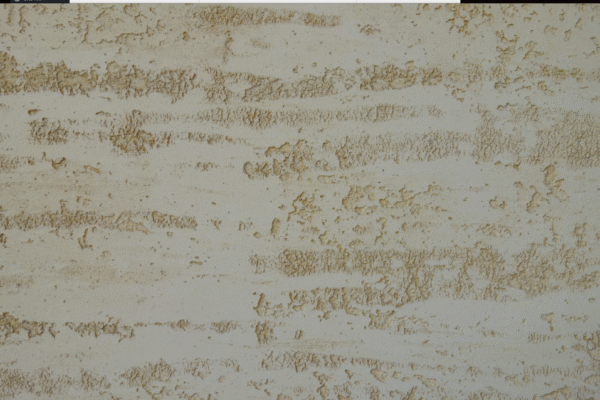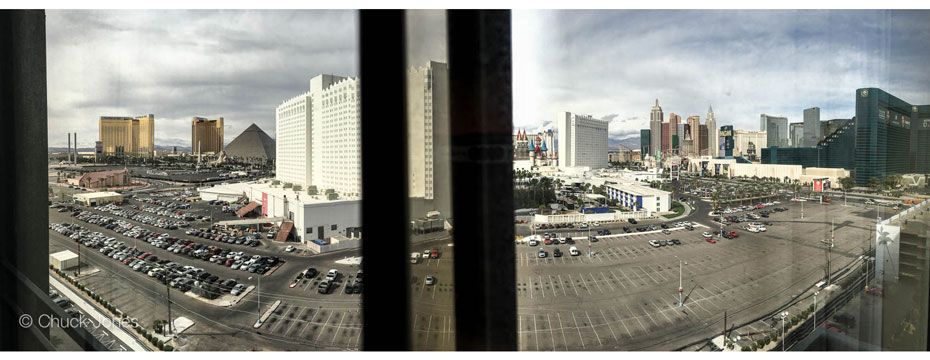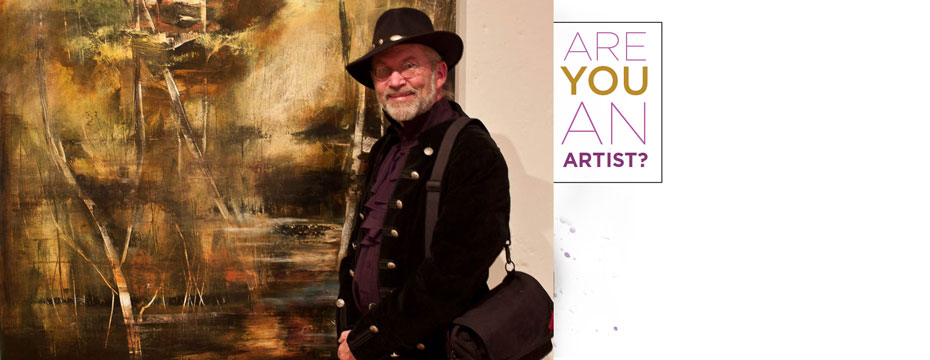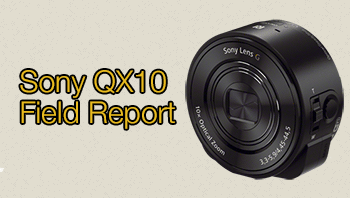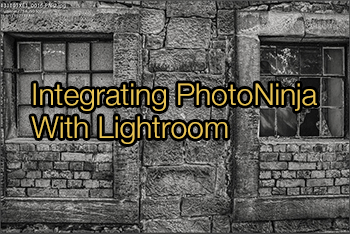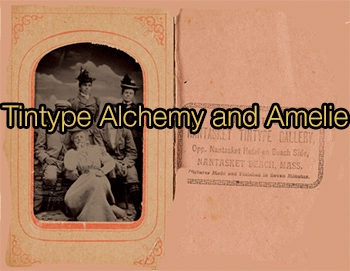
Tintype Alchemy and Amelie
Amelie and Alchemy from Konstantin Brazhnik on Vimeo.
An antiquarian Tintype photographer father. A four year old contemporary energetic daughter. For 15 seconds, the two worlds collide and with a little help from the black arts of Luther Gerloch emerges poetry…
Tintype, also melainotype and ferrotype, is a photograph made by creating a direct positive on a sheet of iron metal that is blackened by painting, lacquering or enameling and is used as a support for a collodion photographic emulsion.
Photographers usually worked outside at fairs, carnivals etc. and as the support of the tintype (there is no actual tin used) is resilient and does not need drying, photographs can be produced only a few minutes after the picture is taken.
An ambrotype uses the same process and methods on a sheet of glass that is mounted in a case with a black backing so the underexposed negative image appears as a positive. Tintypes did not need mounting in a case and were not as delicate as photographs that used glass for the support.
There are two historic tintype processes, wet plate and dry plate. One is where silver halide crystals are suspended in a collodion emulsion that is chemically reduced to crystals of metallic silver that vary in density in accordance with variations in the intensity and duration of light impinging on the emulsion. The other is dry-plate tintype photography with a chemistry similar to wet-plate but uses gelatin instead of collodion.
In a tintype, a very underexposed negative image is produced on a thin iron plate, lacquered or otherwise darkened, and coated with a collodion or silver-gelatin photographic emulsion. Since in a negative image the darker portions of the subject appear lighter, or in this case more transparent, the dark background gives the resulting image the appearance of a positive. The ability to employ underexposed images allows effective film speed to be increased, permitting shorter exposure time, a great advantage in portraiture.
One unique piece of equipment was a twelve-lens camera that could take a dozen 3/4″ x 1″ “gem-sized” portraits in one exposure. Portrait sizes ranged from gem-sized to 11″ x 14″. From about 1865 to 1910 the most popular size, called “Bon-ton”, ranged from 2-3/8″ x 3-1/2″ to 4″ x 5-3/4″
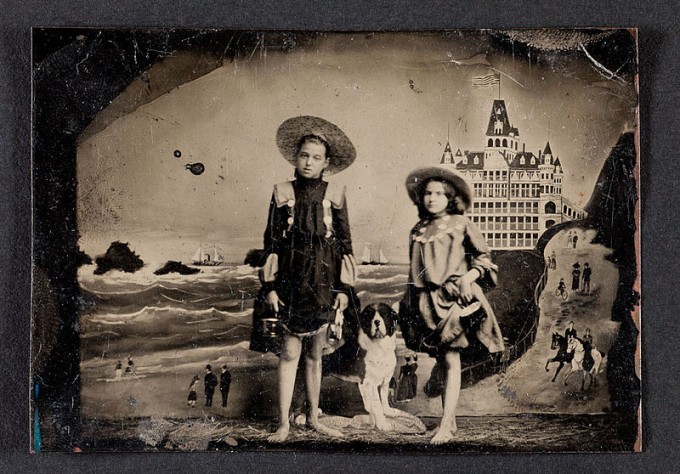
Tintype of two girls in front of a painted background of the Cliff House and Seal Rocks in San Francisco, ca. 1900
[ratings]



